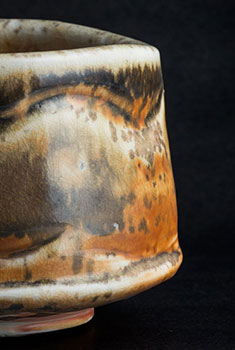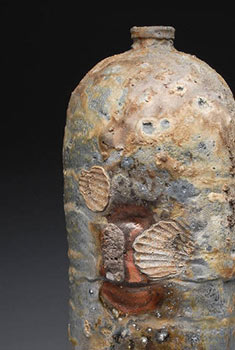- Ceramics
- Artist Pages
- Asian Ceramics & Tea
- Ceramics Artist Links
- Ceramics Links
- Ceramics Terms Glossary
- Agateware
- Banding Wheel
- Bat, Throwing Bat
- Bisqueware, Biscuit Ware
- Blistering
- Blow Up
- Boat Anchor
- Calipers
- Carbon Coring, Black Coring
- Carbon Trap
- Chuck, Chum
- Coil
- Colorants
- Crazing
- Downdraft Kiln
- EPK, Edgar Plastic Kaolin
- Electric Kiln
- Extrusion, Extruder
- Fettle, Fettling Knife
- Force Dry
- Greenware
- Kaolinite
- Kilnsitter
- Overglaze
- Pinholing
- Plucking
- Pug Mill
- Pyrometric Cones
- Raku
- Rib
- Sgraffito
- Shelf Of Shame
- Slab Roller
- Slip
- Test Tile
- Knowledge
- Frequently Ignored Answers
- Photography
- Photographers
- Photo Links
- Raw File Converters
- Camera Simulators
- Color Vision Games
- Frequently Ignored Answers
- Resources
- Contact
Carving Away And Smoothing Clay
Carving Away Clay:
- If clay is sticking to the carving tool, the clay is too wet to carve well.
- If you want to smooth a bumpy surface, carve away the high points first by carving them lengthwise. If you drag your cutting tool over the bumpy surface, it will be like driving down a bumpy dirt road: your tool will get bounced up and down and not really smooth the surface out.
- Use a Surform plane to remove large amounts of material. If you use a plane to carve/smooth your piece, realize it only cuts in one direction, either pushing or pulling depending upon how you hold it.
- Use a loop or ribbon tool to refine the surface. Scrape along the surface at a shallow angle to smooth. Use care when cutting at a steeper angle, as these tools can really dig in.
- Always cut toward yourself when using loop/ribbon tools.
- Always have a hand inside the piece supporting the wall from behind as you carve.
- Hold the piece in a comfortable position as you work - on your leg or in your lap for example.
Smoothing:
After you have refined your surface as much as possible with planes and loop tools (if needed), you are ready to smooth.
- First, scrape the surface with a scraper (a thin flexible metal rib) held at a 90° angle to the surface.
- Next, lightly dampen the surface with a sponge and then smooth with a metal rib held at a low angle to the surface - this spreads fine clay particles into any gaps.
- Do not rub your piece with a wet sponge - this will remove fine clay particles from the surface and make it rougher.
- Remember that wetting your piece will make it softer - do not overdo it, and be careful when handling the piece afterward.




